How To Dress Like A Witch
How To Dress Like Your Novel is a series in which we explore what Creative Director Raquel calls “the pursuit of literary aesthetic coordination.” In this edition, we turn away from any specific novel and, instead, towards the very seeds of our collective aesthetic. Examining history, art, pop culture, and more, Raquel Reyes shows us how to dress like a witch.
All photos by Raquel Reyes unless otherwise noted.
“A witch is just a girl who knows her mind.”
In the scope of history, art, existence — I will always love witches first. I will always root for, embrace, and be utterly fascinated by the woman who knows her own abilities and isn’t afraid to use them. Of course the world has always held its own interest in the unknown and mythical, and with that comes witches. Historically they were a force to be feared, an evil to be reckoned with. Lies twisted and made up by cowards and hierarchical oppressors to demonize those who questioned them, or showed talent they could not possess. Witches were first doctors and healers, women and men who stood apart from the crowd and challenged authority.
“Witchcraft is less a set of defined practices than a representation of the oppositional, as the intentional thwarting of the machinery of power, whether that power lies with the church, with the king, or with the dominant culture group.”
A Puritan Couple. Jan de Bray, Double portrait of Abraham Casteleijn and Margarieta van Bancken (1663).
I won’t pretend to know much about early history, as it is rightfully guarded by those still around, but in its Indigenous beginnings, witchcraft was mostly a channel of connection to the earth and holiness of nature. Paganism was (and is) a religion like any other, its members persecuted as Christanity sought a stronghold, and thus the witch trials were born. In Salem years later, a lack of explanation for what we now know to be cases of disease, illness, and again, a questioning of authority, led to the belief that demons and witches were at hand, sabotaging colonial settlers. We all know what happens from there.
The aesthetic fascination with witches runs deep. Sensual, dark, mysterious... the word I always come back to is fearless. I was raised to be a fearless woman, and so my fascination with witches was born. Witches didn’t look any different than anyone else at first, of course. But with the witch trials came all sorts of literature, detailing ways to spot a witch, what she would wear, how she would behave. With beliefs enamoured to the concepts of cleanliness and purity, it became obvious: witches wore black. A lot of it. Ignoring the fact that puritanical clothing offered little else in the way of available options. Nevertheless, it became a uniform, a signifier allowing one to recognize a fellow member of the coven, and helpful when they went into hiding.
A 1926 Advertisement for Ipswich Hosiery, the brand preferred by modern witches. via Glamourdaze.
Eventually, social culture brought witches back to the forefront, the extravagances of the 1920s making witches approachable with the advent of more adventurous costume parties and flappers in particular embodying the free spirited, rollicking witch. The uniform became glamorous — black cocktail dresses covered in sequins, an adorable cat or prop broom to complete the look. In the time since, the pop culture witch has only gained momentum and popularity, and expanded her style to go with it (not to mention the endless cavalcade of fashion industry collections mimicking or appropriating the style historically). As a character trope, the witch is never not intriguing, and never not intriguing to watch. As a teenager with a slight interest in Arthuriana, Morgana Pendragon (left, played by Katie McGrath) stands outside the fold, a particularly stylish witch whose television depiction inspired a few of us Attic members in our early internet socializing days, with her pearl encrusted hair accessories and ethereal gowns. Most recently, I’ve been drawn to the modern and equally powerful Anathema Device (right, played by Adria Arjona), of the book and series Good Omens, a devastatingly chic and devastatingly intelligent Latina witch in an endless array of autumnal footwear and Victorian inspired separates.
✶
“Witches, like saints, are solitary stars that shine with a light of their own; they depend on nothing and no one, which is why they have no fear and plunge blindly into the abyss with the assurance that instead of crashing to earth, they will fly back out. They can change into birds and see the world from above, or worms to see it from within, they can inhabit other dimensions and travel to other galaxies, they are navigators on an infinite ocean of consciousness and cognition.”
In my most confident, shining moments, I have felt like a witch, unflinching and aware that I am capable of some thing or greatness, whatever that may be, somewhere, someday. I have been a fearless woman and a fearless dresser, not bothering myself with the concerns of people in my suburban childhood city or the small, sometimes conservative town I live in today. It has its own magical history, so naturally I feel right at home when the energy feels right, an occasion not uncommonly frequent at this time of year. I find that I dress like a witch more often than not, particularly in my ability to intuitively blend styles and pieces across their original or intended uses. Whether dressing casually, for a night out, or a random Thursday, the elements are always there. A bit of black, a touch of deep red, jewelry that means something, and a shoe to stomp in. If a piece doesn’t work, it is changed by my own hands, whether by needle and thread, or even simple magical rotation; a cardigan worn front to back, a blouse layered, a dress under a pullover, transformed into a skirt. There is magic in resourcefulness.
Daniel Gardner, The Three Witches from Macbeth (Elizabeth Lamb, Viscountess Melbourne; Georgiana, Duchess of Devonshire; Anne Seymour Damer) (1775).
My love of black and white outfits came from my love of school uniforms, but the first uniform I ever saw in a school was that in a history textbook, on a Puritan woman. I’m no Puritan, but the underlying visual that left the two concepts — along with the concept of uniforms and covens in general — tied together might never leave my memory. Diving into my favorite paintings of witches, my memory is justified. Shakespearean witches in decadent cloaks or ethereal gowns wielding flowers and herbs, ready to wield power just as well. Sisters (are not all witches sisters, all sisters witches with their own connections and powers?) in black lace with just a hint of white ruffle. My wardrobe is full of black, well-worn dresses; lace, tights, and boots; a small collection of both white and ethereal blouses at the ready, and I never hesitate to pull the lot together whenever nothing else will do.
Abbot H. Thayer, The Sisters (1884).
You can never go wrong with a black, puff sleeve midi dress.
Not your average conical hat—the 1940s hand-feathered cloche, a girl's most beloved possession.
Something wicked this way comes…
“I think of someone who is knowledgeable in the art of shape-shifting. Someone plugged into an ancient current. Someone who is pliable not out of resignation but out of self-preservation. She’s an intelligent, resilient being who changes with the times, and changes the times along with her.”
Francisco Goya, The Witches Flight (1797-8).
But there are other witches, too. Voodoo practitioners, non-binary individuals, marginalized men, brujas, and more, just as powerful, just as much a part of the coven. They too, have their histories and practices, their style just as interesting and worthy of reverence.
My ultimate, number one, favorite painting of witches is by 18th century artist Francisco Goya, The Witches Flight (1797-8), depicting a trio of characteristically un-feminine witches carrying an unknown soul off to be consumed. (You may know this painting as it made the internet rounds last year, next to stills of a music video by that fellow rockstar witch, Florence Welch. I have never been more ecstatic in my life at a crossover.) Men below shield their eyes, perhaps out of fear, perhaps to avoid accountability.
Goya’s series of paintings surrounding witches were a protest, in fact, of government ignorance and the persecution of witches in his time. The witches wear deep, jewel toned garments and hats, stealing colors then only allowed to the rich and clerically powerful, while the men below cower in ragged, somber clothing. As a child I was discouraged from and disallowed to wear black or deep colors, both deemed too rebellious and un-pretty. As a forbidden article, rich colors and less-than-feminine shapes hold just as striking an appeal as the dark and overtly feminine. A deep mustard or emerald, a perfectly tailored trouser, spectacularly beloved boots — essentials I will never let go of. The way to be a witch is to take what you connect to, be it magic, nature, enthusiasm, empowerment, nonconformity, or all of the above, and wear it as loudly and fearlessly as you can.
(And a familiar never hurts anybody…)
Raquel Reyes is Creative Director at The Attic on Eighth. She enjoys styling photo shoots, dramatic hair accessories, and old fashioned cocktails.


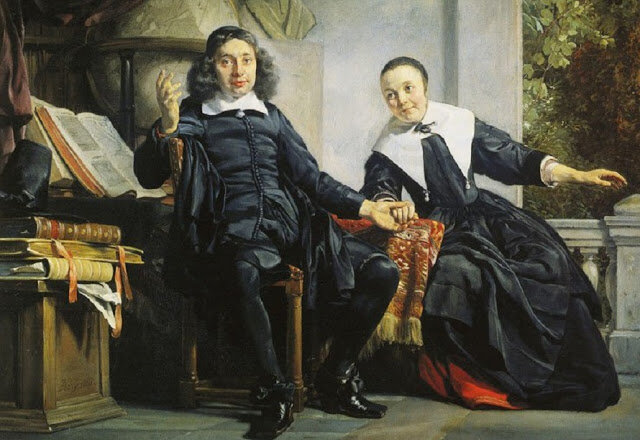

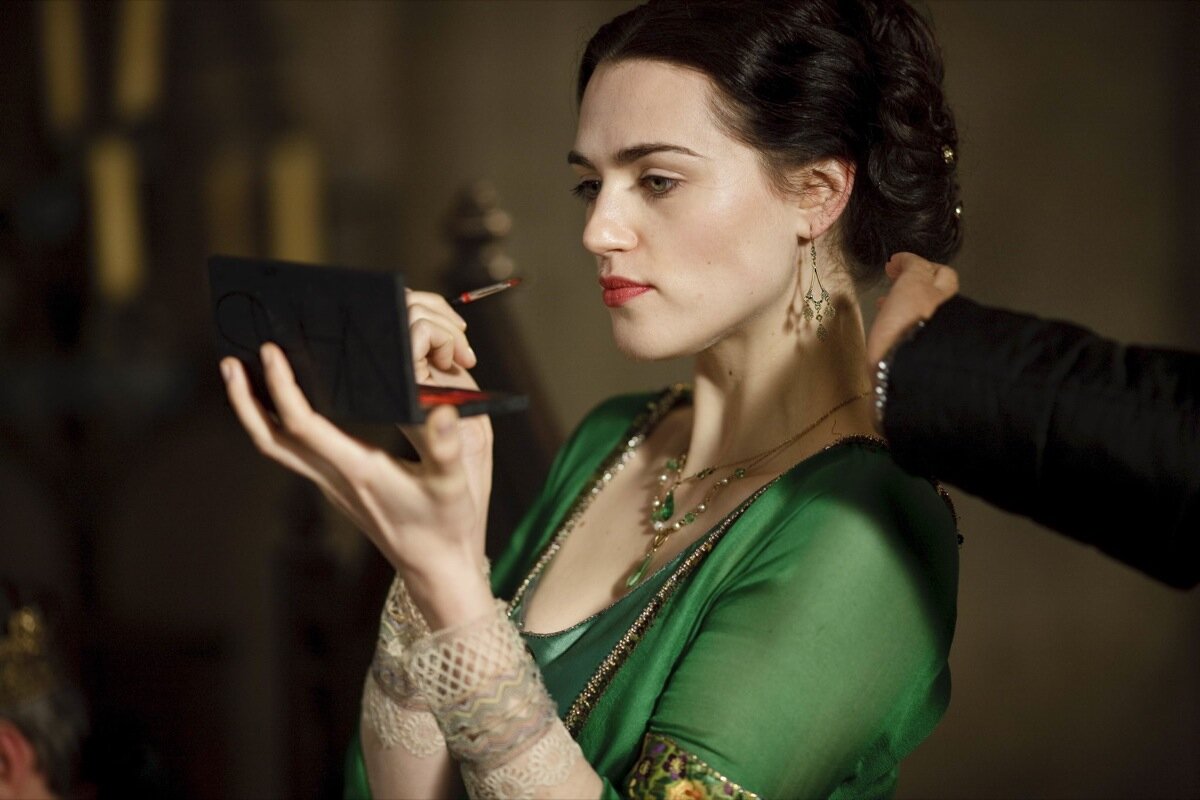
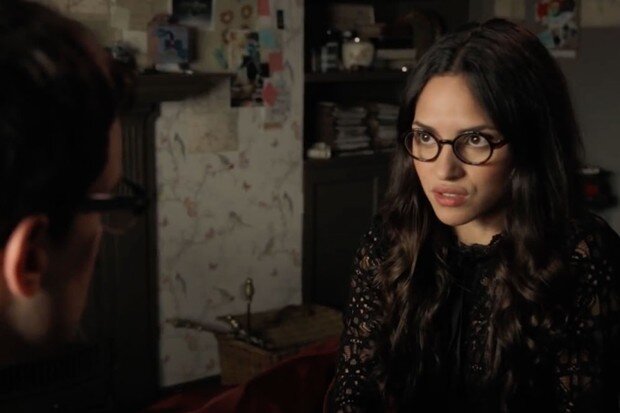












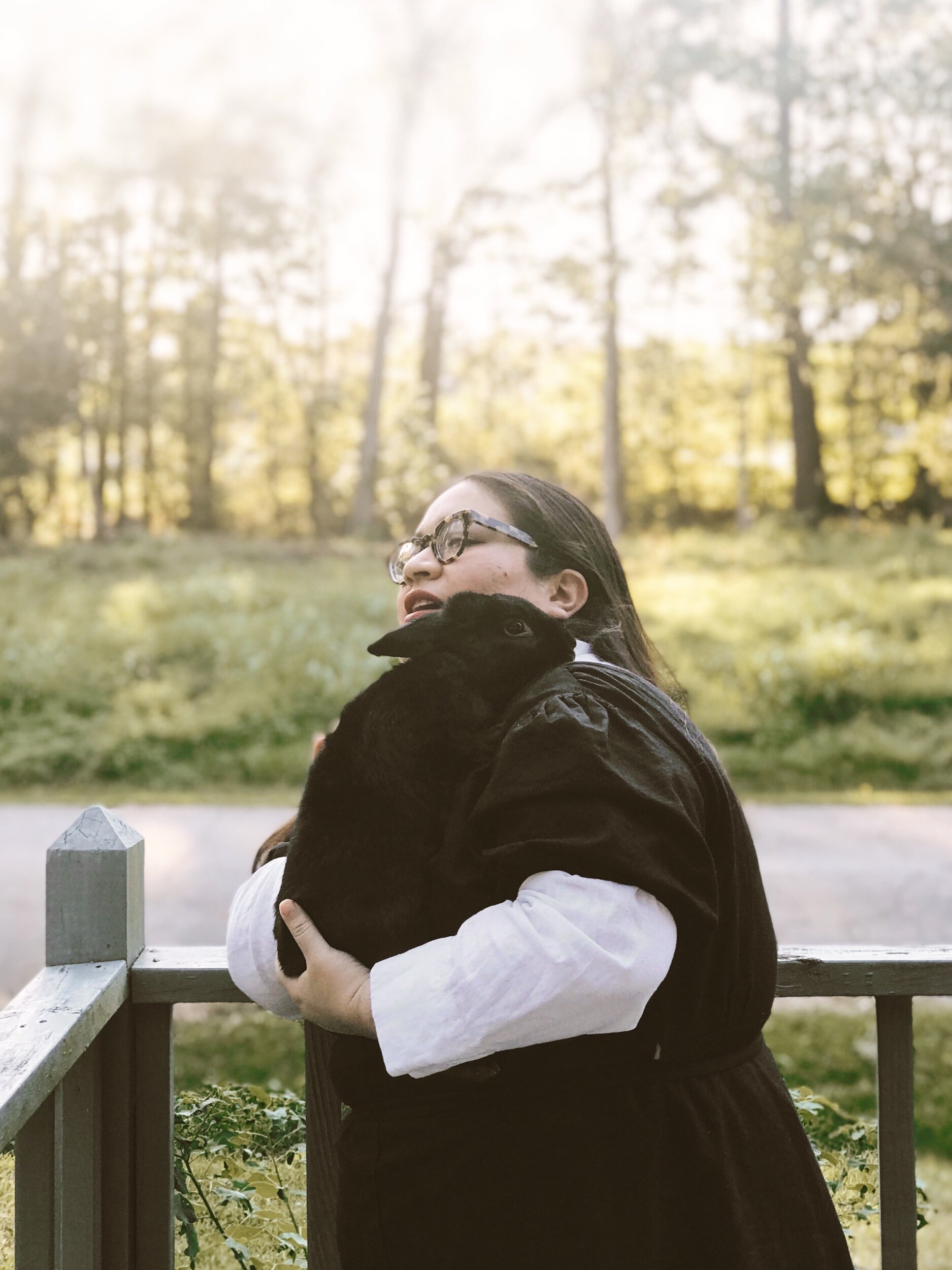
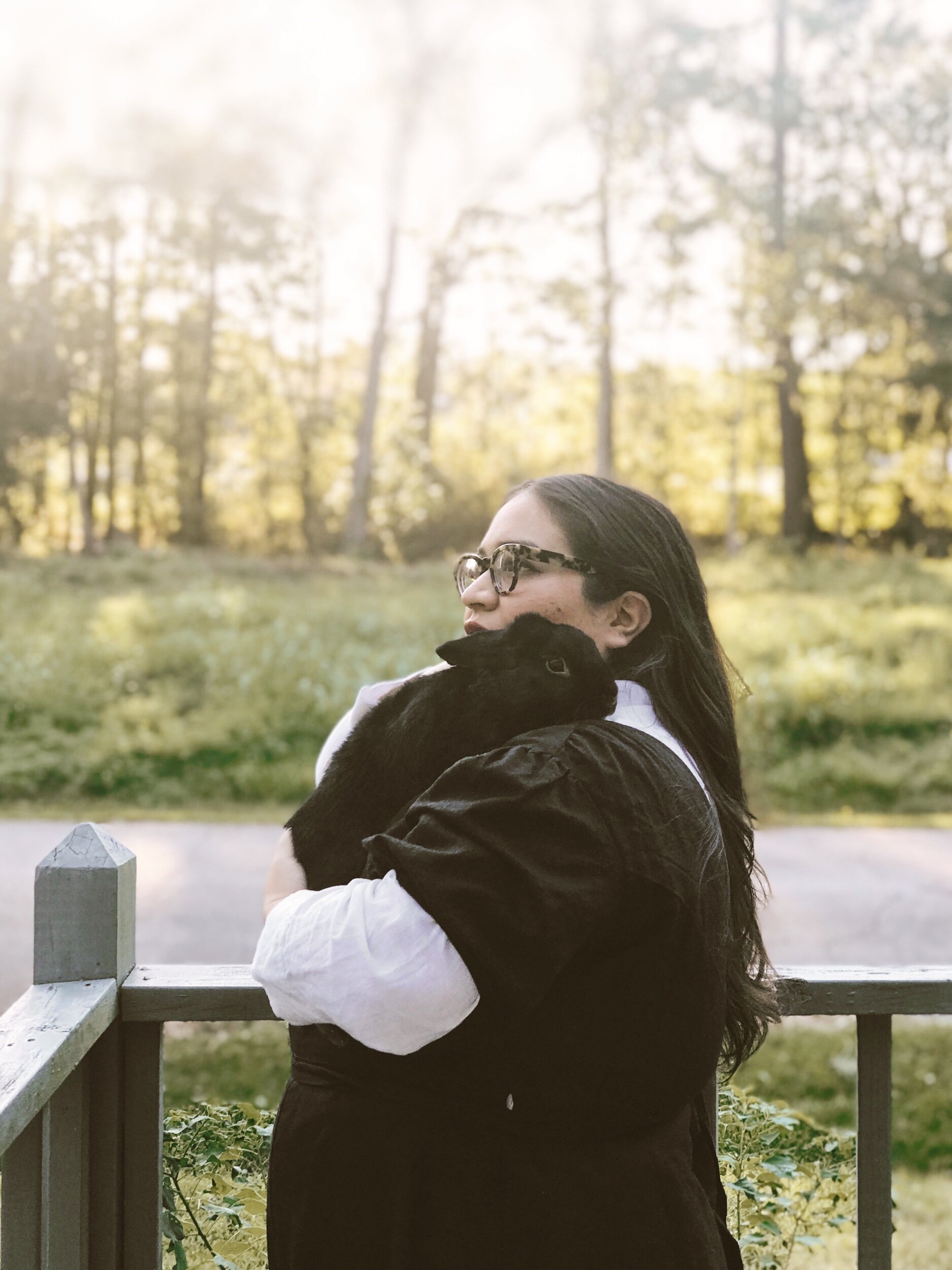








Annie Jo Baker explores the comfort found in the gentle monsters of our culture, with the works of Maurice Sendak, Charles Addams, Guillermo del Toro, Neil Gaiman, and more.